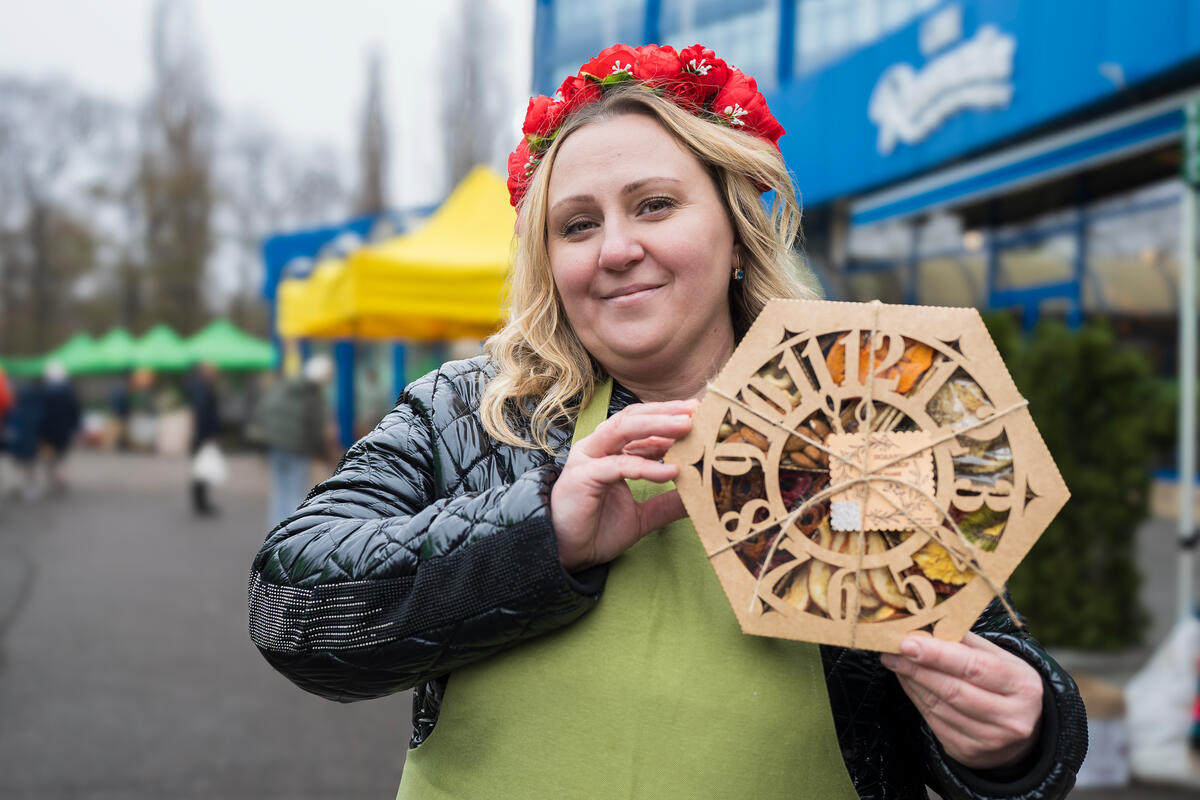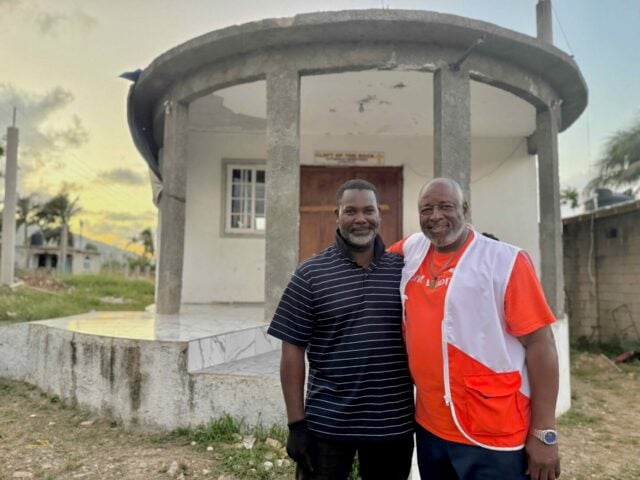Since the war in Ukraine escalated on February 24, 2022, children have borne a devastating toll. They’ve lost ones, been forced from their communities, and faced repeated disruptions to their education and daily life. As winter sets in, their needs have become more urgent.
Ukraine crisis: Facts, FAQs, and how to help
Find answers to frequently asked questions about the war in Ukraine, and learn how to help children and their families.
- Fast facts: Ukraine crisis
- What is the current situation in Ukraine?
- How many people are affected by the war in Ukraine?
- What are the widespread impacts of the crisis in Ukraine?
- How are children being impacted by the war in Ukraine?
- What’s World Vision doing to help people affected by the war in Ukraine?
- How many people has World Vision helped since the start of the war in Ukraine?
- How can I help people impacted by the crisis in Ukraine?
Fast facts: Ukraine crisis
- The conflict in Ukraine has displaced over 3.5 million people within the country and forced over 6.8 million to leave the country as of January 2025.
- The need for humanitarian assistance will remain substantial in 2025, with an estimated 12.7 million requiring humanitarian aid and protection, according to the U.N. Refugee Agency (UNHCR).
- The war has sparked economic shocks and disruption with global ramifications, impacting people in poverty and contributing to an escalating global hunger crisis.
- Children are among the most affected: As of early 2023, 5.3 million children were facing educational barriers, with 3.6 million impacted by school closures. And within months of the start of the conflict 1.5 million were at risk of mental health issues such as depression, anxiety, and post-traumatic stress disorder.
- In response to the war, World Vision has reached over 2.26 million people in Ukraine, Romania, Moldova, and Georgia with lifesaving aid, shelter, child protection programs, and other essentials as of November 2024.

What is the current situation in Ukraine?
The situation in Ukraine remains dire due to ongoing hostilities since February 2022, resulting in widespread displacement and increased humanitarian needs, especially during the winter months.
Intensified attacks on energy and civilian infrastructure have left millions without heating, electricity, or water during what is expected to be the harshest winter since the war began. With temperatures forecast to drop below 14°F and prolonged power outages in many areas, children are increasingly exposed to cold, insecurity, and interrupted schooling. More than 2,400 children have been killed or injured since the escalation, averaging 16 child casualties each week.
“We heavily rely on humanitarian aid now. I’m displaced — again. I had to leave my home in Donetsk Oblast when life there became unbearable. For two years, we lived without light, water, or heating. We were not living — we were just surviving,” said Iryna, 64.
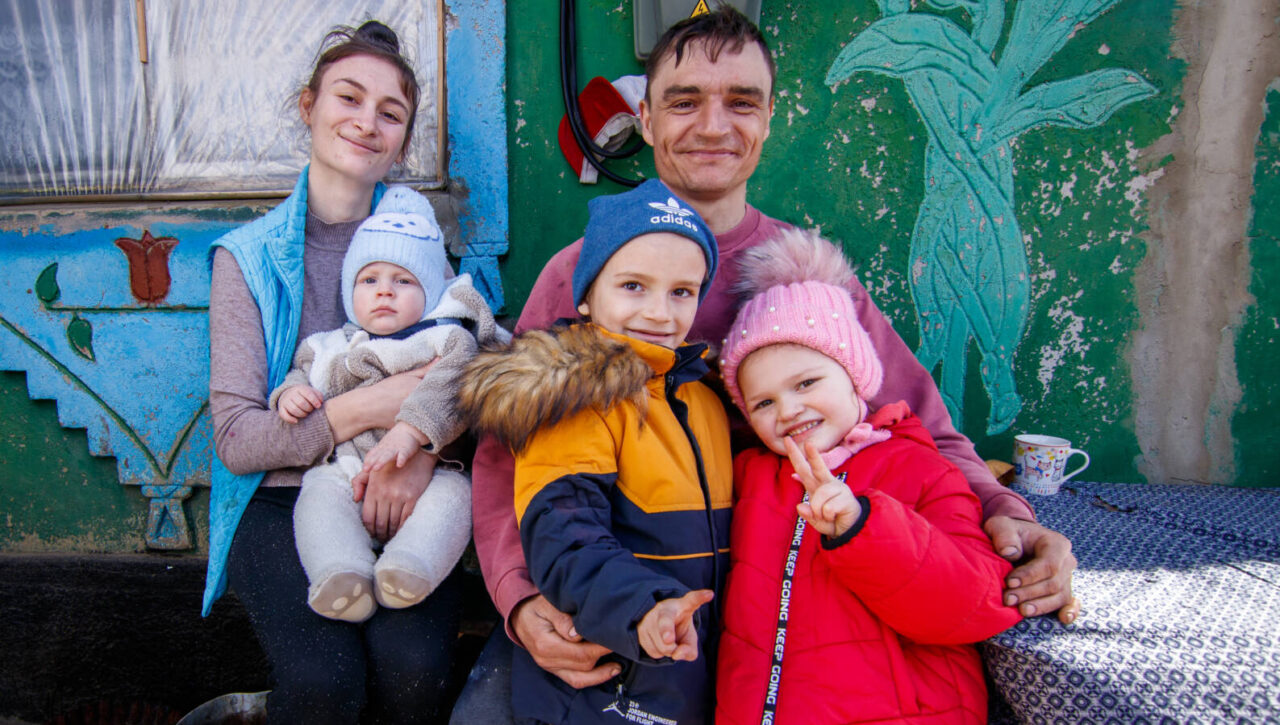
How many people are affected by the war in Ukraine?
According to the United Nations (U.N.), 12.7 million people will need humanitarian aid and protection in 2025. In addition to the approximately 6.8 million refugees living outside Ukraine, millions more are still displaced within the besieged nation.
“When the entire building shakes from a rocket that has just destroyed several houses in your neighborhood, and you have no heat, no water, no gas — you’re sitting in the dark, sometimes with no contact with the outside world because there’s no connection — you pray once again just to survive the day, hoping to see your loved ones one more time,” said Svitlana, 61, from Marinka, Donetsk oblast.

What are the widespread impacts of the crisis in Ukraine?
One of the bloodiest conflicts in Europe since World War II, this war has devastated the lives of Ukrainian children and families but has also caused economic disruptions that impact people living in poverty far beyond Eastern Europe. The crisis continues to pose a threat to regional stability and has significantly increased humanitarian needs, particularly during the winter months amid non-stop destruction.
U.N. agencies have observed a dramatic increase in global hunger, which was already on the rise, as conflict has complicated the delivery of crucial food exports from Ukraine.
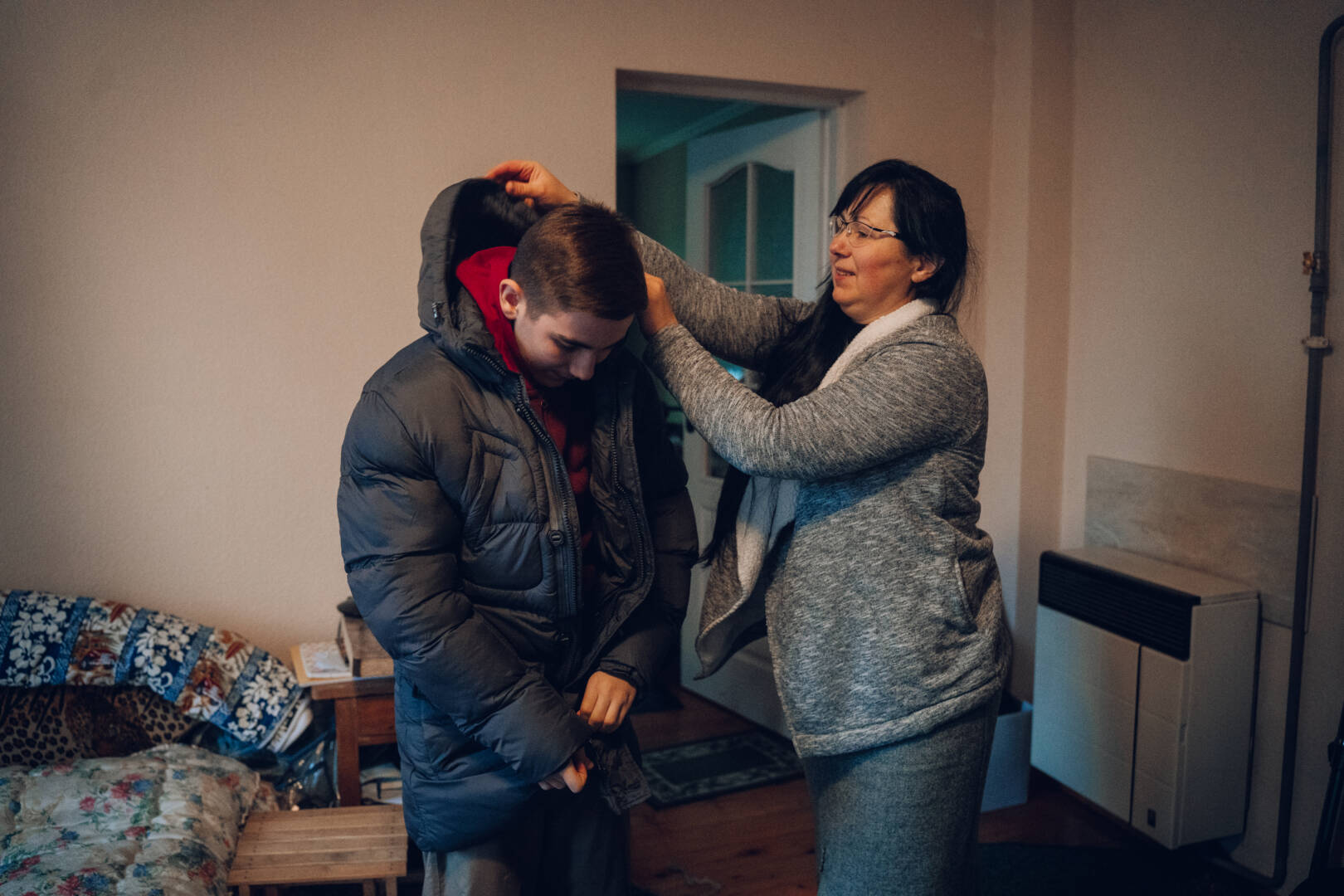
How are children being impacted by the war in Ukraine?
Ukrainian children are at risk of enduring the harshest winter since the war began in 2022. Intensified attacks on energy and civilian infrastructure have plunged millions of families into prolonged blackouts, leaving homes, schools, and hospitals without heating, electricity, or water, according to World Vision. Impact on children includes the following:
- Children are spending long hours in cold, dark homes, increasing the risks of illness, especially for those with chronic conditions.
- One in five families reports health problems linked to cold indoor temperatures.
- Prolonged outages are also driving stress, anxiety, and isolation among children.
- Nearly 40% of school-age children rely on online or blended learning. Power cuts prevent children from attending lessons, charging devices, and completing homework.
“Children in Ukraine are facing extreme hardship this winter,” said Arman Grigoryan, World Vision’s Ukraine Crisis Response director. “In some areas, families go up to 36 hours without heating, electricity, or water. This prolonged lack of basic services puts children’s health at serious risk, disrupts their education, and threatens their overall well-being. Humanitarian support, including winter supplies, safe spaces, and psychosocial assistance, is urgently needed to protect them.”
Children also continue to endure immense psychological trauma, often spending hours in basements during air raid sirens, while 1.7 million lack access to safe water, and 3.4 million are without proper sanitation, increasing their risk of disease.
“I woke up hearing the bombs dropped in our small village located near Borodyanka,” said Nina, who with her two sisters, endured shelling in northwest Kyiv, one of the first areas to be hit by airstrikes in late February 2022. Bombings forced the local school to shutter. The family, terrified of the fighting, stayed inside their home for one month. “It was a terrible time. During my visit with our next-door neighbors, we were all crying,” added Oksana, Nina’s sister.
World Vision’s programming through a local partner helped support children like Nina and her sisters with ongoing psychosocial care in Borodyanka.
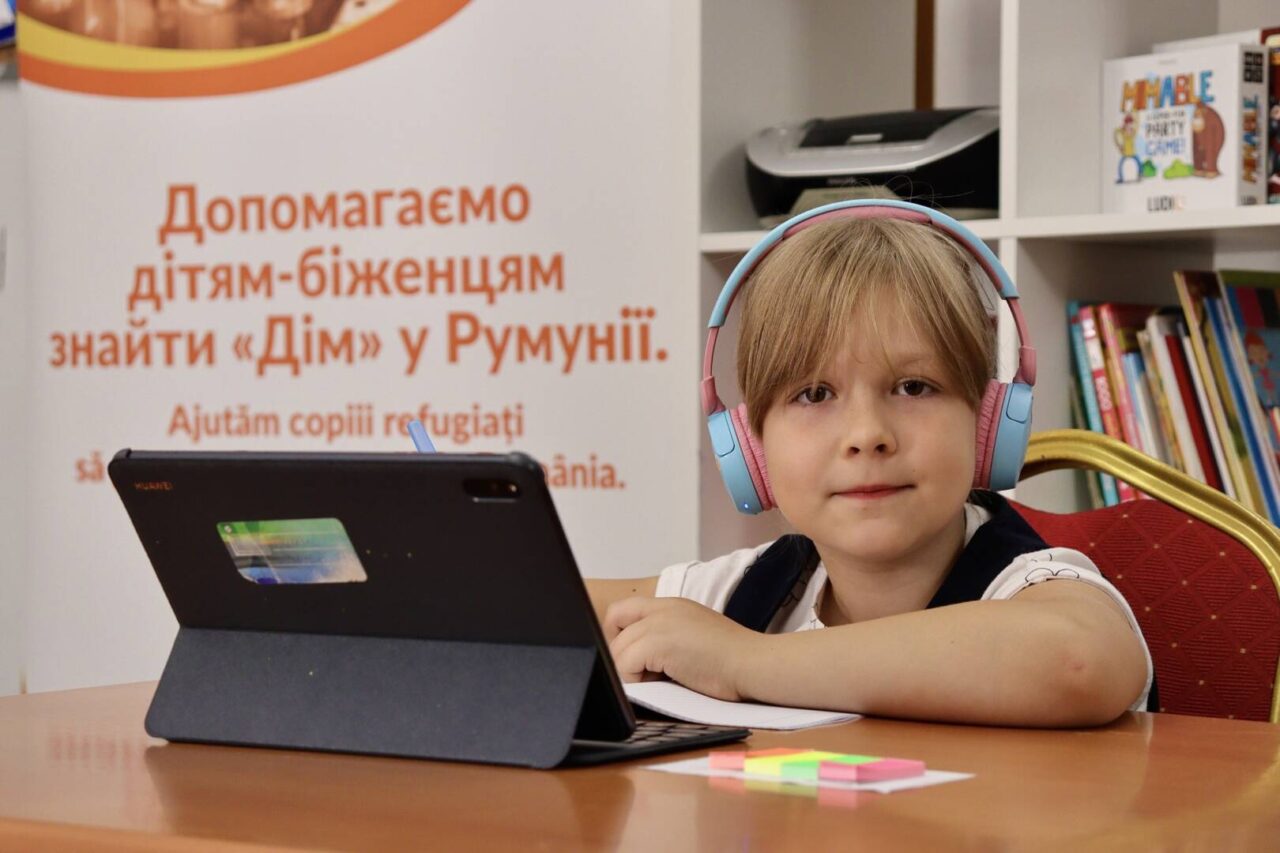
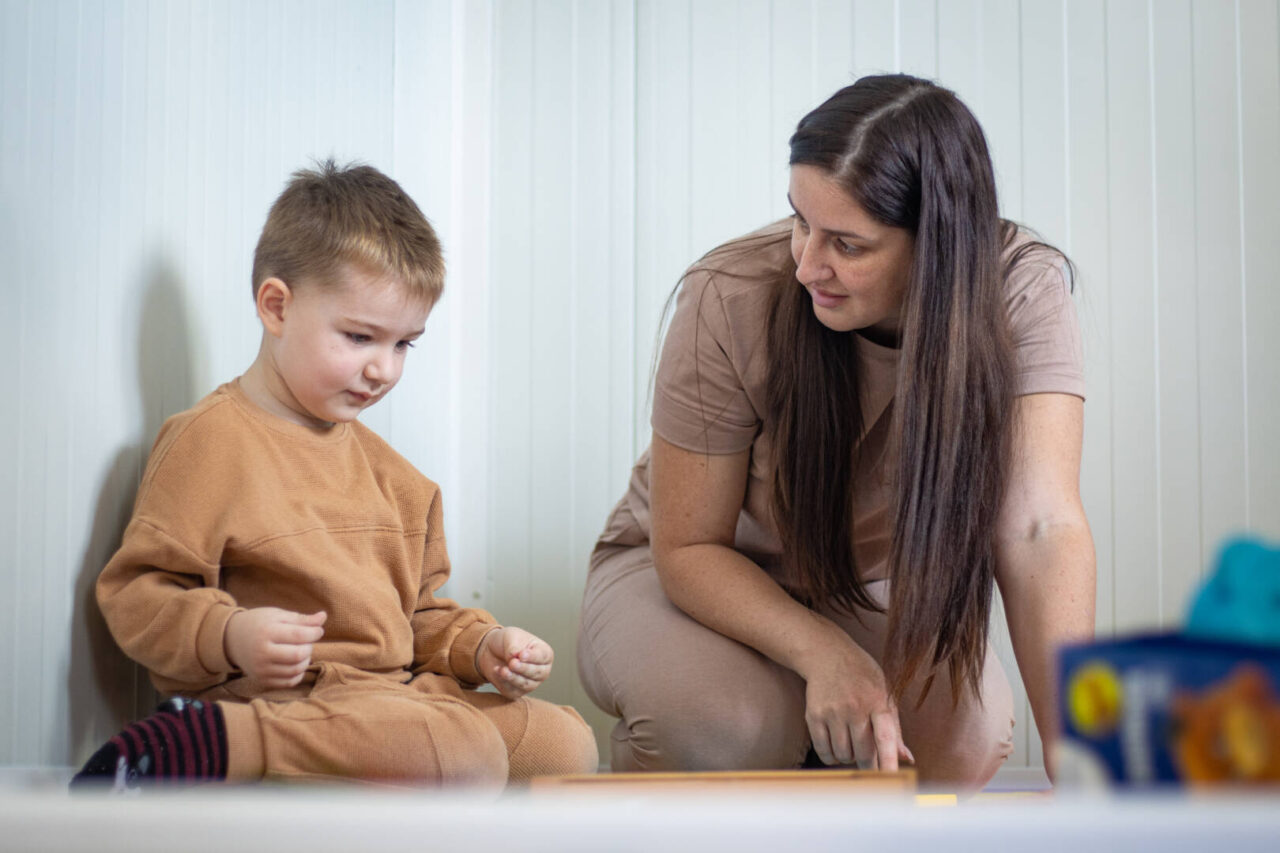
What’s World Vision doing to help people affected by the war in Ukraine?
Since the onset of the conflict, World Vision has consistently delivered lifesaving aid, shelter, child protection services, and other essentials to support the most vulnerable people. We are bringing our global expertise and local partnerships to respond to the war in Ukraine and throughout the impacted regions.
Operating across every administrative region, known as oblasts, in Ukraine, World Vision collaborates with trusted local and international partners — including the WFP and UNICEF — to assist communities affected by the war. We’ve also implemented a cash assistance program managed by partners in Ukraine, Romania, Moldova, and Georgia.
In response to the harsh winter, we are providing cash assistance for families’ utility costs. Through our local partners, we’re distributing winterization kits, which include mattresses, sleeping bags, blankets, power banks, and portable stoves. We’ve also supplied generators to Child-Friendly Spaces run by partners to ensure continuous support services during blackouts. So far:
- Over 230,000 people in Ukraine have been supported by cash assistance
- More than 459,000 have benefited from food assistance
- Over 335,000 people have received non-food items.
Our efforts seek to provide immediate relief and enhance resilience for those most vulnerable to the challenges of winter.
Alongside immediate relief, we are also focused on long-term support through educational programs for children and adults, psychosocial and child protection services, livelihood support, and more, aiding communities build resilience and recover from crisis.
“This winterization kit is crucial for families living close to the frontlines. These communities are hanging by a thread — with shattered windows, half-destroyed buildings, and entire neighborhoods in ruins. On top of that, energy plants are being targeted, leaving families without gas, heating, or water. Power outages are constant, making it nearly impossible to stay warm, boil water, or prepare food,” said Yurii Bezkorovainyi, director of Will Help Together, World Vision’s partner in Ukraine responsible for distributing the kits in frontline areas.
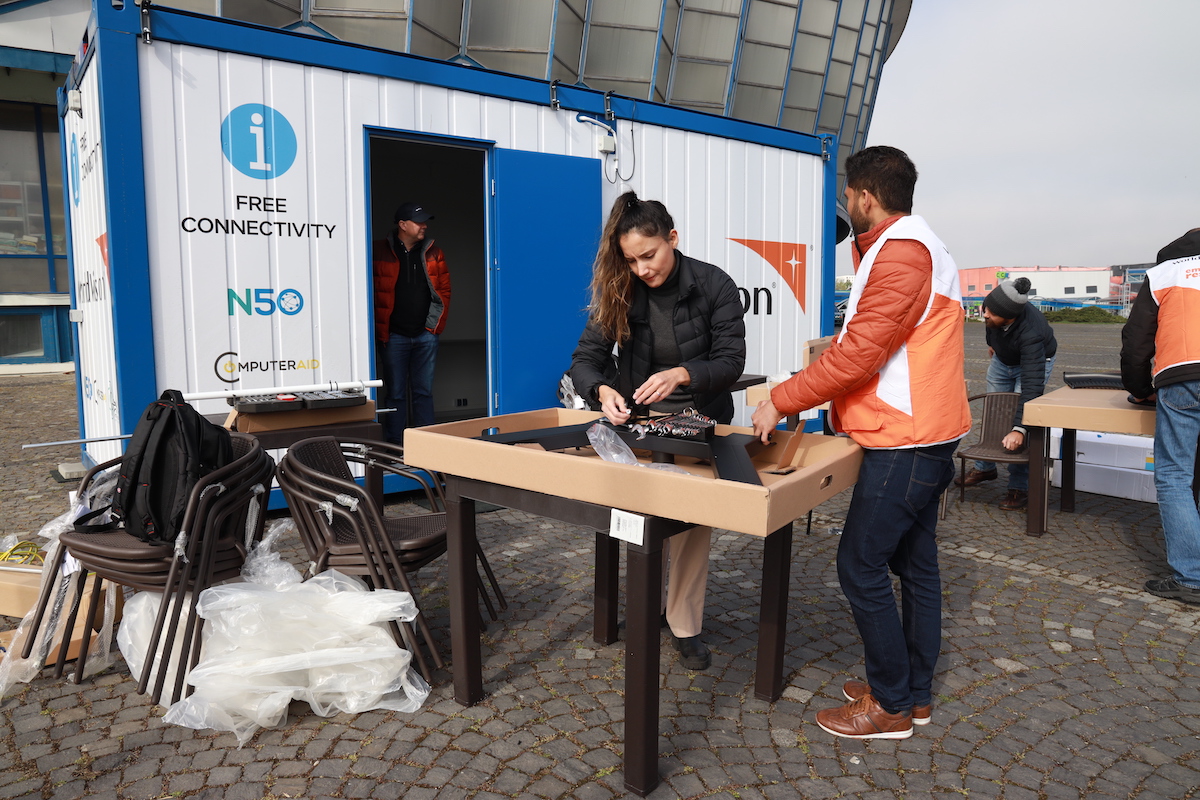
How many people has World Vision helped since the start of the war in Ukraine?
We’ve been responding since the first week of the crisis. As of 2025, our staff have provided essentials for approximately 2.26 million people across the region. Here are some highlights:
- In Ukraine, our efforts have supported over 1,35 million people, nearly half of whom are children.
- In Romania, we’ve assisted more than 351,700 people with aid, including food, shelter, protection resources, and education and hygiene kits.
- In Moldova, over 510,320 people have been reached through our programming. We continue to support Moldovan families hosting refugees in 17 districts through our partnership with WFP.
- In Georgia, we’ve helped support over 39,600 people with education, child protection, and programming, including vouchers for food, hygiene, clothing, and pharmacy costs.
